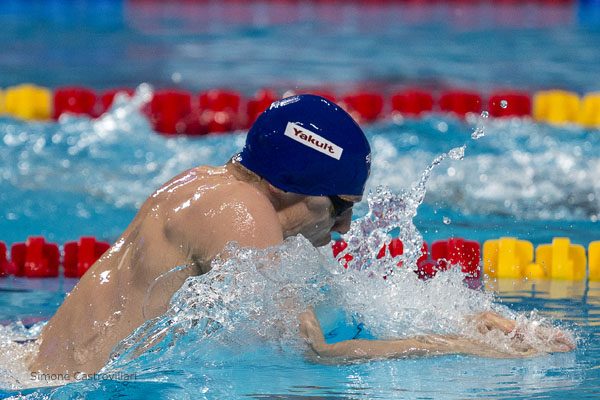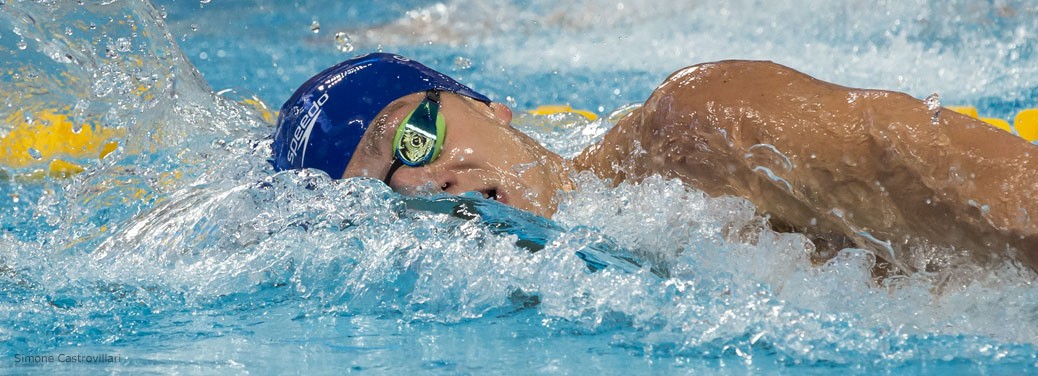When the British swimming funding lists were announced back in October there was little of the public complaint that had accompanied the 2014 version. That was despite there being a significant turnover in the podium performance list, with 7 of the 21 spaces taken by new swimmers, a third of the total available.
Why is this important for Rio? Well in one respect it doesn’t matter at all. It’s almost certain that there will be swimmers from outside the podium performance group on the plane to Rio, and equally that swimmers who receive no UK Sport funding will go to the Olympics. The likes of Georgia Davies, Roberto Pavoni, Jemma Lowe et al will all fancy their chances of making the selection grade in Glasgow in a little over a week’s time.

So it’s of little surprise that the list is dominated by those who won medals in Kazan; there’s lots of empirical evidence that performing well at the worlds is an indicator of Olympic success. That also means a slight shift in emphasis from the men’s medley relay to the men’s 4×200 team, with all 6 of the squad that won world championship gold last year funded.

For the rest of those who are funded and didn’t win medals last year, excluding the non-Olympic events, Aimee Willmott, Ben Proud, Dan Wallace, Francesca Halsall and Hannah Miley should probably be expected to make it through the automatic selection procedure in their main events whereas Chris Walker-Hebborn, Lauren Quigley, Liam Tancock and Stephen Milne may need to step up a little for automatic qualification given the relative strength of the qualifying times in their main events. However they all have strong relay credentials, in the medley and 4 x 2, so provided they show good form at trials they may avoid the percentage based battle for remaining places.
For those relays, there’s the added complication of a change in the rules that means relay alternates, if selected, must swim. That means the depth in the squads could be critical, and given there’s likely be an aim to save James Guy for a final, it would be a surprise if at least one if not two additional swimmers are taken for the men’s 4×200; only the top 4 at trials are guaranteed their spots. Any additional swimmers for relays, who are not otherwise qualified, will come out of that pool of 6.
When all is said and done, the most likely scenario is that Olympic places will be decided in the waters of Tollcross and not across a meeting room table, but even so, the indications are that the funded 21 should be expected to be at the head of the queue. Just don’t rule out a few surprises.


Great article although I think it’s highly unlikely that discretionary picks will be used in the male 200 free relay.
Looking at the rankings alone the top seven male 200 freestylers could consider themselves to be selected already, as the 200 free at trials is the last event.
James Guy (400 free/100 fly)
Calum Jarvis (100 free relay)
Robbie Renwick (100 free relay)
Dan Wallace (400IM)
Nick Grainger (400 free)
Stephen Milne (1500 free)
Duncan Scott (100 free relay)
I think it difficult to imagine anyone breaking into the top seven ranked swimmers but there would be an 8th lane in the final at Trials. If Jay Lelliott was to make up the eight, then he could also consider himself selected already for his 1500 free.
I can see a situation that all eight finalists in the male 200 free open final at Trials, will consider themselves already selected in other events.
That would mean a male 200 free relay ‘squad’ of seven swimmers (possibly eight) and therefore no need for discretionary picks.
This is based on rankings and current form and as you say the top four at Trials will go to Rio no matter what. Tbh I’m struggling to see anyone breaking into the top seven ranked swimmers although the 8th final spot at Trials may be up for grabs.
I agree with all you say, but your theory does assume that the men’s 4×100 make the cut – that’ s not necessarily a given…
Very true, although the 100 Free bar has been raised recently.
Personally I’d be very surprised if there isn’t a male 100 free team going to Rio.
Time will……..